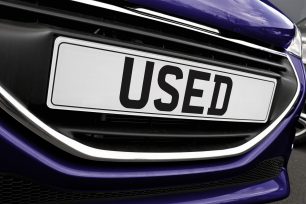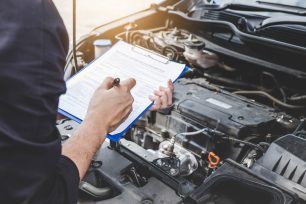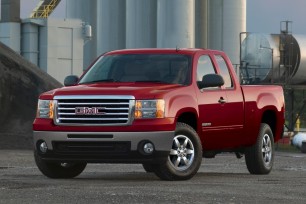Not many people have had the burden of needing to replace the fuel tank in their vehicles. It’s not a repair that happens very often. Even in climates where salt and sand is laid on the roads to melt snow and ice, fuel tanks don’t fail very frequently. Contrary to years ago, most fuel tanks today are made of fiberglass. This makes them far less vulnerable to rusting out like the old steel tanks. Most are replaced because of some sort of damage that has occurred, thanks to rocks and hard objects kicking up off the road and striking the tank. On the other hand, it does happen. Knowing the cost of this rare repair may prepare you if you’re one of the unfortunate few. Here’s a look at what all is involved.
What All Is Replaced?
This question depends a great deal on the repair shop you deal with. Some shops replace only the tank and leave the old fuel pump and sending unit. Other shops buy the tank complete with new pump and sending unit. Depending on which route you take, the price difference could be significant. For just the tank, you could be looking in the area of $400 to $600. If you get a complete unit, the price will jump closer to the area of $800 $1,000. Of course, there are other factors to consider with this repair.
New or Remanufactured?
Most tanks today are either aluminum or fiberglass. This solves a lot of the rusting out issues, but it also widens the choices for replacement. You can go new if you’ve got the cash, but you better have a lot of it. A new fuel tank will be significantly more expensive than a remanufactured, but it will usually come with a much longer warranty. If warranty isn’t a concern for you, you’re very safe with a remanufactured tank. These tanks also come warranted and will save you quite a few greenbacks. If possible, you should try and find a good fiberglass tank for your vehicle. These tanks are more immune to the outdoor elements, and offer better insulation for your fuel system. The price differential between these tanks and aluminum tanks is also not that great, so it’s worth the extra change to have the better product.
Why Replace the Pump?
Replacing the sending unit is usually an unnecessary task. If it’s still in decent shape, it will still do its job. However, if your vehicle has a few miles on it (say 50,000 or more) it’s probably a good idea to replace the fuel pump. It will already be out so all you’ll need to cover is the additional cost for the part. When replacing the tank, it is not uncommon for a person to reuse the old pump, only to have it fail in the very near future. Once that happens you’ll be spending all that labor money to drop the tank again and replace the pump. Better safe than sorry; replace it while it’s out.
What Other Problems Could I Encounter?
The biggest issue to be encountered when dealing with fuel lines is rust. Fuel lines are made of steel, and steel doesn’t take kindly to the elements. When these lines rust, they become very brittle. When this happens it’s very easy to break a line just by moving it, or simply knocking a large chunk of rust off could expose a tiny pinhole. If this happens, you’ll be dropped into the nauseating world of fuel line repair. If you’re lucky, you may be able to get away with simply replacing the one line that sprung a leak. Chances are, however, that if the rust buildup is bad enough you could end up replacing all the lines. This can drive the labor time up to more than a day. It can also drive the price up to more than $1,000. If your brake lines, which are typically bundled together with your fuel lines, are just as rusted, you could end up getting a quote to replace them as well. If that’s the case, you may want to consider a new vehicle.
(Please remember that these repair prices can also fluctuate based on geographic location, as well as vehicle make and model; and that these numbers represent averages, not actual prices offered at any specific repair facilities.)


































































